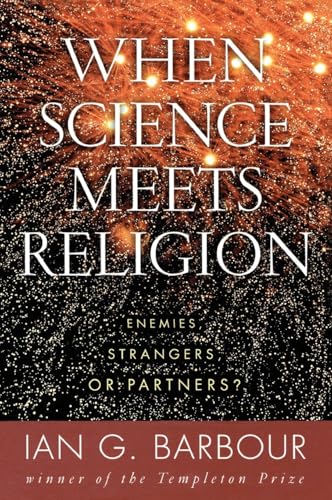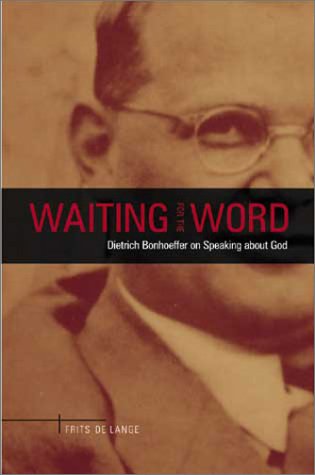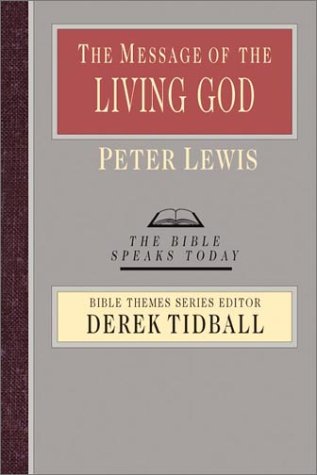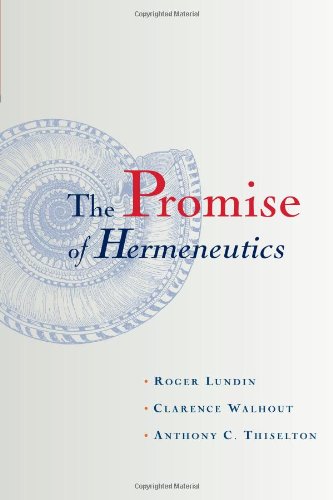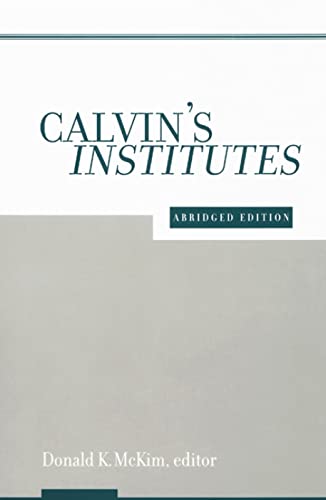Vernacular Hermeneutics
Written by R.S. Sugiratharajah (Ed.) Reviewed By Anthony H. NicholsThis is the second volume in a series from Sheffield on the Bible and Post Colonialism. The contributors seek to break the stronghold of Western interpretation and to read the Bible from the vantage-point of Amerindian. Caribbean, Latin American, African and Indian contexts.
In ‘The Sign of Orpah’, Laura Donaldson re-reads Ruth ‘through native eyes’. She finds not the paradigmatic convert, loyal daughter-in-law and ancestress of King David, but an agent of culturecide and of Jewish assimilationist strategy Just like Pocahontas in American Indian history. Orpah is the real heroine of Ruth because in a courageous act of self and communal affirmations she chooses her Moabite mother’s house over that of the alien Israelite Father.
Dalila Nayap-Pot provides a different perspective on Ruth however, from a Costa Rican socio-political context. Ruth is seen as a bridge builder between the accursed Moabites and their Israelite enemies. Orpah’s acceptance of Naomi’s advice to return to her Moabite family and gods typifies the fatalism of many Central American women trapped in a patriarchal society. Ruth, however, makes herself sexually vulnerable, and available to her potential benefactor, out of personal need and solidarity with Naomi, and is blessed. The application?—How often do we expect God to do our ‘dirty work’ for us?
Gerald West’s ‘Local is Lekker, But Ubuntu is Best’ advocates that biblical scholars read the Bible together with indigenes, as a resource in the South African struggle for survival, liberation and life. His African perspective on the Joseph story (Gen. 37–50) is not without value but his ‘socially engaged biblical scholar’ does not escape the elitism and western-ness of the academic guild.
African converts in mission churches were forbidden to use incantations, charms and amulets as protection against their enemies or sorcery. But David Tuesday Adamo reveals how the memorisation and incantation of certain Psalms has been used by independent indigenous Nigerian churches for protection, healing and success, together with indigenous rituals, herbs, prayer, fasting, and use of the names of God. The Western preoccupation with authorship, dates and sitz im leben is useless in the African context compared with a classification of the Psalms on the basis of content, function and efficacy in countering enemies, evil spirits, fear, barrenness, miscarriage and illness.
Among the remaining articles the editor contributes an honest ‘Thinking about Vernacular Hermeneutics’. He acknowledges it is part of the intellectual movement of our time. It is post-modern in its renunciation of the Enlightenment meta-narratives, and in its elevation of the local as a site of creativity. It is post colonial in its battle against the invasion of foreign and universalist modes of interpretation. Sugiratharajah provides a stimulating survey of the concept of ‘the vernacular’ in both European and Indian history with instructive historical examples of types of vernacular readings that he classifies as ‘conceptual correspondences’, ‘narratival enrichments’ or ‘performantial parallels’. It is a relief to see that Sugiratharajah does not romanticise the indigenous cultures which ‘along with their enlivening aspects carry a baggage of feudal, patriarchal and even anti-egalitarian traditions’. Vernacularism can, he admits, easily degenerate into chauvinism, jingoism or narrow minded communalism. He also acknowledges that the interconnection between the vernacular and the global is now so deep that it is difficult to determine what is native and what is non-native. Nevertheless vernacularisation will be an important hermeneutical category in so far as ‘it means critical freedom to resist cultural imperialism and to challenge dominant ideologies’.
In summary, vernacular hermeneutics seeks to provide yet another stage in the indigenous revolt against western hegemony, that we have witnessed in the past forty years. It began with Kosuke Koyama’s Water Buffalo Theology which mobilised indigenous cultural concerns for the theological enterprise and was followed by Korean minjung, Indian dalit, Japanese burakumin, and the ostensibly Latin American liberation theology which was so popular in Western theological circles. Then in theological education, the Theological Education by Extension movement sought to burst out of the alienating Western urban academy and to take seriously the cultural context of learning and ministry. Arguably the most subversive of all. however, has been the shift in Bible translation policy worldwide with the triumph of Eugene Nida’s Dynamic Equivalence theory with its emphasis on ‘naturalness’ and the priority of the readers’ horizon.
Vernacularism is a branch of the ‘new hermeneutic’ which increasingly dominates not only biblical studies but also the disciplines of history, literature and politics. The important insight that human beings bring their own assumptions, biases and limitations to the reading of the Bible is salutary and humbling. But the suggestion that meaning resides not in the text but in the reader, must be resisted. The apostle Paul tells Timothy to strive to ‘correctly handle the word of truth’ (2 Tim. 2:15). This implies a study of the text that will enable one to jettison misconceptions. More importantly it reinforces the teaching of Jesus that in Scripture God has in fact given a word of truth.
Anthony H. Nichols
Geraldton, Western Australia



